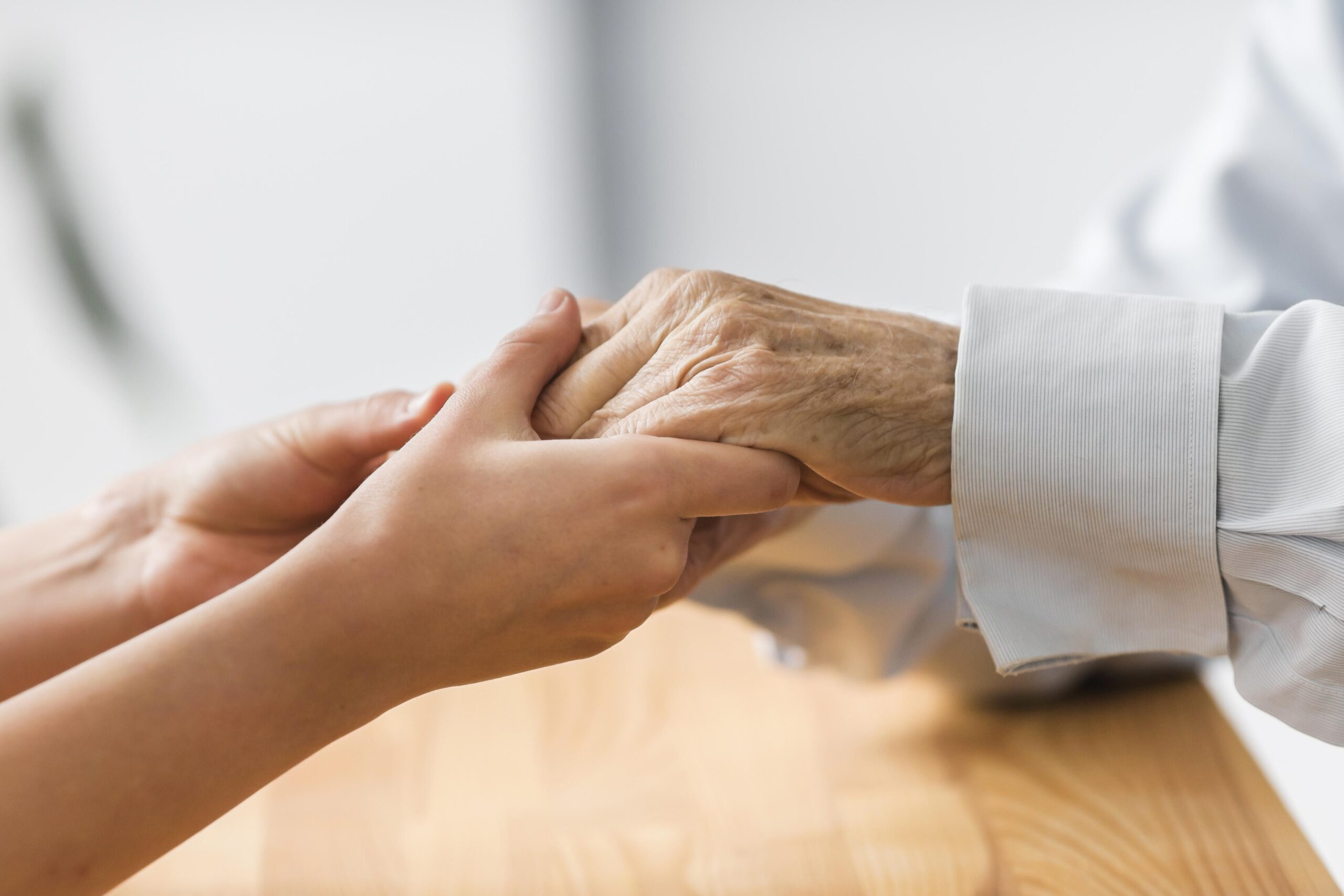Tremors at any age can be worrisome. Many of us have experience isolated trembling when fighting off a bad flu or when frightened. But in older people, or in people of any age who have them with regularity, tremors can be a sign of something else going on in the body or brain.
While it’s common for many elderly people to have involuntary tremors, there are times in which more information and a doctor’s involvement is necessary. For most people who have tremors, they aren’t life threatening but have been shown to impact risk rates for dementia and mortality.
Family members might instantly worry about Parkinson’s Disease, but this is one of the biggest misconceptions about shaking hands.
Table of Contents
8 Things You Need to Know About Tremors
Types of Tremors
Resting Tremors
If the shaking occurs when the hands or limbs are at rest, this is called a Resting Tremor. There are noticeable while the person is sitting, lying down or otherwise resting. Resting tremors often lessen or disappear when the person is in motion and often only affect the fingers or hands. These are often associated with Parkinson’s and will often start on one side, progressing later to the other side.
Action Tremors
As it sounds like, Action Tremors occur when there is an action being performed. These include Essential Tremors (described below). These do not usually indicate a serious neurological disorder, such as Parkinson’s, but should be looked at by a doctor, just to be certain.
Categories of Tremors
Essential Tremor
Essential tremors (ET) are common and thought to have been passed down genetically. It usually appears on both sides of the body, but is often noticed in the predominant side, which is used more, hence more visible. ET can remain mild and stable for quite a long time and can occur in the hands, arms, trunk, legs and head. If the tremor stemming from the head affects the voice box, a shaking of the voice will be heard. ET is most noticeable when the hands are in use or when movement is involved.
Cerebellar Tremor
Cerebellar tremor is a highly visible shaking of the extremities during a time when an specific action such as eating or pushing a button is taking place. These can be caused by multiple sclerosis or commonly, a stroke or tumor.
Dystonic Tremor
From the Mayo Clinic, “Dystonia is a movement disorder in which your muscles contract involuntarily, causing repetitive or twisting movements. The condition can affect one part of your body (focal dystonia), two or more adjacent parts (segmental dystonia) or all parts of your body (general dystonia). The muscle spasms can range from mild to severe. They may be painful, and they can interfere with your performance of day-to-day tasks.
Orthostatic Tremor
These high-frequency tremors are found mostly in the legs and are not always visible to the naked eye. People who experience these feel unsteady but may not know they’re having a tremor. The shaking usually stops when you walk, sit or lay down. The cause is unknown.
Psychogenic Tremor
These types of tremors are caused by an underlying psychological condition. As described by Baylor Medicine, “When present, it often manifests both at rest and with action. The tremor may spread to other body parts, especially when one limb is actively engaged in a different activity. In comparison to essential, the most common cause of tremor, psychogenic tremor tends to have a sudden onset, short duration, and spontaneous remission of tremor.”

Causes
Tremors can be caused by numerous things including medications, caffeine, anxiety, alcohol abuse or withdrawal, overactive thyroid, liver or kidney failure, mercury poisoning as well as traumatic brain, injury, Parkinson’s (and other neurodegenerative diseases), stroke or multiple sclerosis.
This article is in no way representative of or should take the place of medical advice. For any questions or concerns, please speak with your doctor or your loved one’s doctor. For more detailed, factual information on tremors, please visit the National Institute of Neurological Disorders and Stroke.
Do you have questions about how you can better support your loved one while they age in place in South Florida? Please contact CareGivers of America here: Contact or call us toll free: 800-342-4197
*This post is not sponsored, but may contain external links to websites, articles or product examples. External links are used for example or refence purposes only and these links do not indicate specific product or website endorsement by CareGivers of America.



